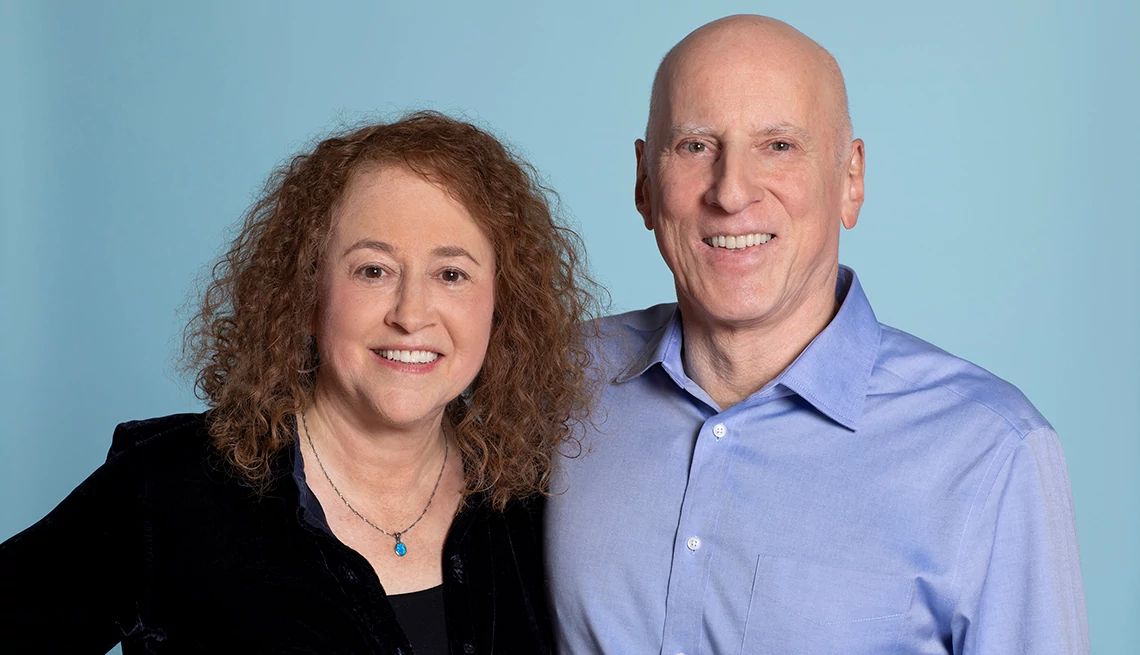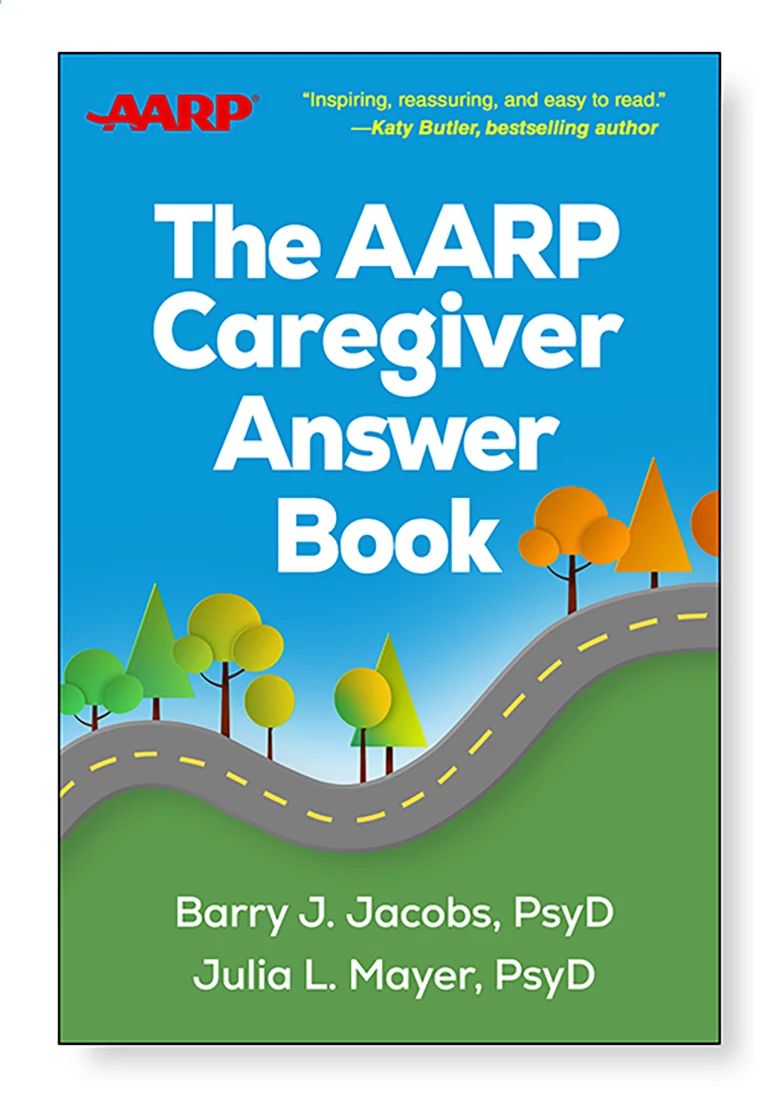AARP Hearing Center


AARP expert Barry J. Jacobs, and his wife, Julia L. Mayer, are clinical psychologists who have counseled families through their most challenging moments — and seasoned caregivers who have provided care for aging parents. In their new book, The AARP Caregiver Answer Book, on sale now, they tackle common questions caregivers encounter and offer clear, insightful answers.
In the excerpt below, Jacobs and Mayer share how family caregivers can prioritize self-care without feeling stress, embarrassment or self-recrimination.
Taking Care of Yourself, Too
“I don’t have any time for myself,” said the white-haired woman in the back pew during our “Caregiver Self-Care” community presentation. “My husband has Parkinson’s disease, and our youngest son has autism, and they depend on me for everything. I can’t do the things you’re asking.”
Her tone was firm but not defensive. Evidently, in her mind, it was easy for us to stand on this church stage and preach that caregivers should balance caring for themselves with caring for others. Doing it was too hard, though. Others felt the same. “Me, too. My mom lives with us,” said a woman sitting toward the front. The man next to her nodded.
Join Our Fight for Caregivers
Sign up to become part of AARP's online advocacy network and help family caregivers get the support they need.
We were not surprised. We’d heard many caregivers say we were asking the impossible — that self-care was optional or a pipe dream or had never even entered their thoughts. The needs of their family members came first, they said, and meeting those needs was all-consuming. Professionals or close friends might encourage them to socialize more or get their hair done or take up gardening, but such well-meaning suggestions struck them as impractical, if not slightly ridiculous. Practicing self-care might also trigger guilt. “How can I focus on what I might want,” we have heard many caregivers ask, “when the person I’m caring for is in much worse shape than I am?”
This reasoning makes sense in the short term. We too believe in first things first. Ensuring the security of the person who needs care should be the highest priority. Your needs usually can be put off until a more opportune time. But from the long view — the months and years your family member or friend needs help — indefinitely delaying self-care seems like a risky gamble. At what point do you run out of energy if you haven’t been taking care of yourself? When is your own physical and mental health jeopardized?
In this chapter we explore the importance of self-care and time-efficient ways for you to care for yourself — hopefully, with a minimum of guilt.
People tell me to remember to do self-care. What do they mean by self-care, and why does it matter?
Self-care includes any activity you engage in to care for your physical, mental, and/or spiritual health and growth. That could be anything from napping to exercising, reading to party-going, cooking to eating out; it all depends on what replenishes you when you’re feeling depleted. We frequently ask caregivers, “What do you do to reduce your stress?” or “What do you do for fun?” to find out about their specific self-care methods. We then encourage them to do more of those activities.
We do this because we believe self-care is a way to replace spent resources. That is why practicing self-care is sometimes called “recharging your batteries,” “filling your cup,” or “putting water back into the well.” Regaining energy gives you more in reserve to draw on to meet caregiving demands, better withstand caregiving stress, and provide care for longer.
Some caregivers believe a strong will and determination will keep them going. Whether it does depends a lot on how much your family member or friend needs and other circumstances outside your control. If you don’t take the time to replenish yourself, you may run out of reserves and become totally exhausted. Caregiving is not a sprint; it’s a marathon. Marathoners need to grab a bottle of water at every water station they come to along the course if they hope to stay hydrated and finish the race. Like long-distance runners, you need to practice self-care at every opportunity if you hope to continue caregiving for months or years. No marathoner would decline a water bottle, saying, “No, thank you. I’m not thirsty.” No caregiver should say to offers of help or support, “No, thank you. I don’t need it.”



































































More From AARP
How to Cope With Guilt After a Loved One Enters a Nursing Home
Look at the big picture to help understand and ease conflicted emotions
How Caregivers Can Help with Personal Hygiene
Practical tips and tools to assist your loved one with showering and other intimate tasks
Skills to Support and Care for Loved Ones
6 skills that will help you understand your parents' wishes